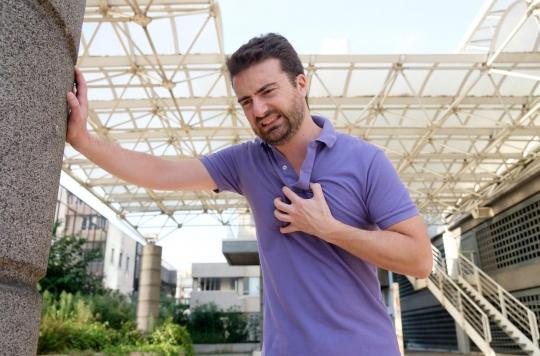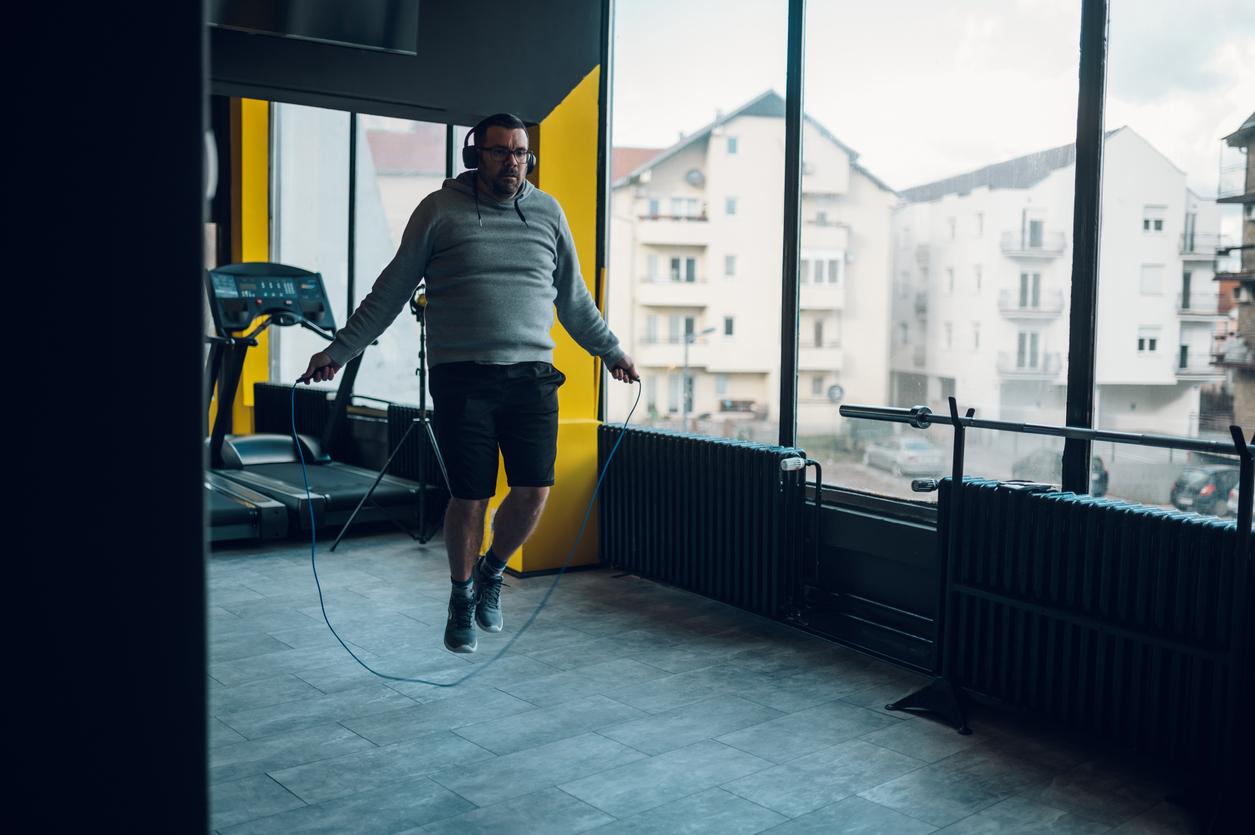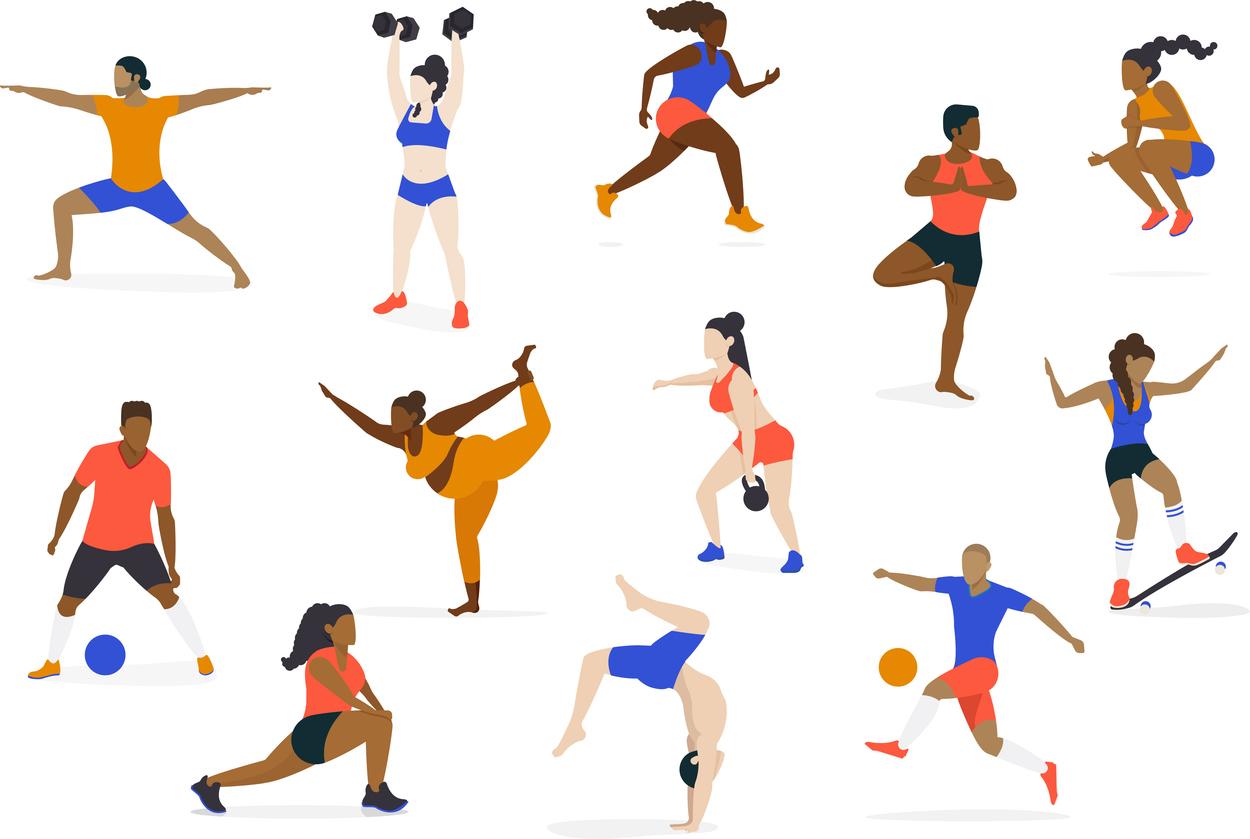Over the past ten years, the number of sudden sports-related deaths has decreased thanks to the increase in cardiopulmonary resuscitation (CPR) interventions in the Paris region, reveals a new study.

In France, 40,000 to 50,000 people die of sudden cardiac arrest each year, or around 130 per day. This phenomenon, commonly known as “sudden death” is most often caused by an interruption in the body’s normal electrical activity. It is characterized by an immediate loss of heart function, breathing and consciousness. As victims usually show no warning symptoms, a quick cardiopulmonary resuscitation (CPR) intervention can make all the difference.
All recorded sport-related cardiac arrests
According to a new study, the increase in this care would have led to a decrease in deaths from cardiac arrest linked to sport in recent years in the Paris region. These results were presented this Monday, September 2 at the Annual Congress of the European Society of Cardiology which is held until September 4 in Paris porte de Versailles.
To reach this conclusion, the researchers of the Paris Sudden Deaths Expertise Center recorded all sudden cardiac arrests occurring during or after a sports session between 2005 and 2010 (158 cases) then between 2011 and 2016 (162 cases) in Paris and its surroundings. Most often, the victims were men (94 to 96%), with an average age of between 49 and 52 years old, the scientists noted. Moreover, only 14 to 17% of them had a history of heart disease before stopping.
Overall survival rate for athletes with cardiac arrest increased by two-thirds
Another interesting observation: the use of CPR was more frequent from 2011 to 2016 (81%) compared to the period from 2005 to 2010 (46%). At the same time, the use of the automatic external defibrillator also increased, from 11.9% to 1.3%.
In all, the general survival rate of athletes who suffered from cardiac arrest increased by 2/3 between the two periods, rising from 20% to 60%. In detail, during the second period of the study, 85% of patients had survived a hospital admission against 51% during the first. Discharge survival rates have increased from 26% to 43%. As for mortality within the hospital itself, it remained stable (around 51%). Thus, the global burden of mortality caused by sports-related cardiac arrests has fallen from 4.3 to 3.4 deaths per million inhabitants each year.
“This study was performed to assess trends in the incidence and survival of sports-related sudden cardiac arrest. Initially, we expected a decrease in incidence due to screening programs and an increase in survival due to CPR”, explains Professor Xavier Jouven, head of the Center of Expertise on Sudden Death in Paris and in charge of this study.
Difficulties in early identification of people at high risk
“We observed a significant decrease in the number of deaths due to sudden cardiac arrest during sporting activities over a 12-year period, which was related to more frequent CPR. The static incidence is probably caused by the difficulties of ‘early identification of people at high risk of sudden cardiac arrest during sport,’ he continues. Remember that in most cases, it is the sports institutions and not the health authorities that decide to screen athletes in order to identify those at risk.
“To further improve survival after cardiac arrest, CPR should be taught to the general public and especially sports medicine practitioners (..) In the future, smartwatches and internet-connected T-shirts could us warn of warning signs a few minutes or a few hours before cardiac arrest, which would allow early resuscitation and prevention”, concludes Doctor Jouven.
The Morts Subites Expertise Center in Paris is the first institute in the world devoted to this theme. On his site, Professor Jouven recalls that out of 3,500 cardiac arrests in Ile-de-France, only 450 are taken care of in the intensive care units and only 150 of the people concerned survive.

.















